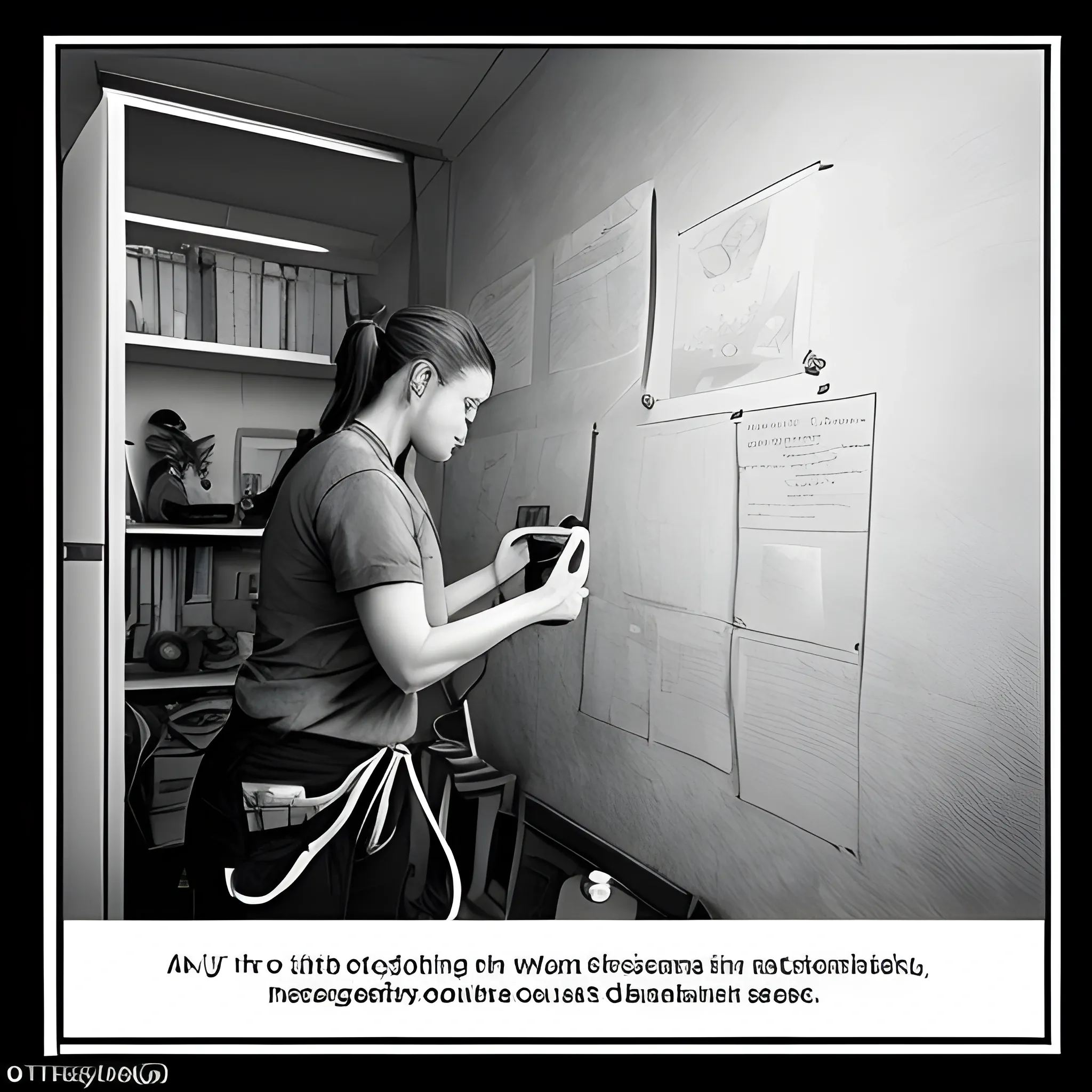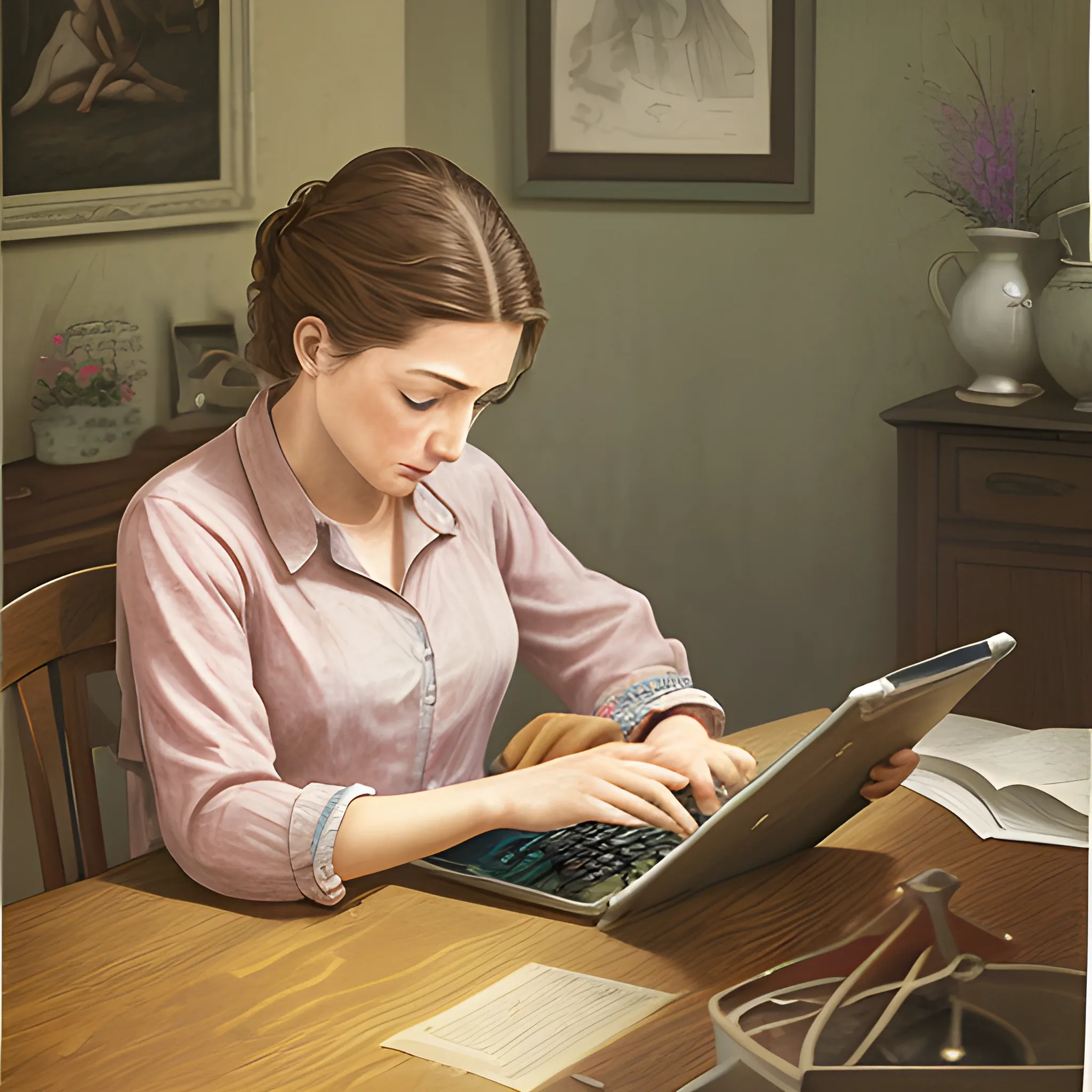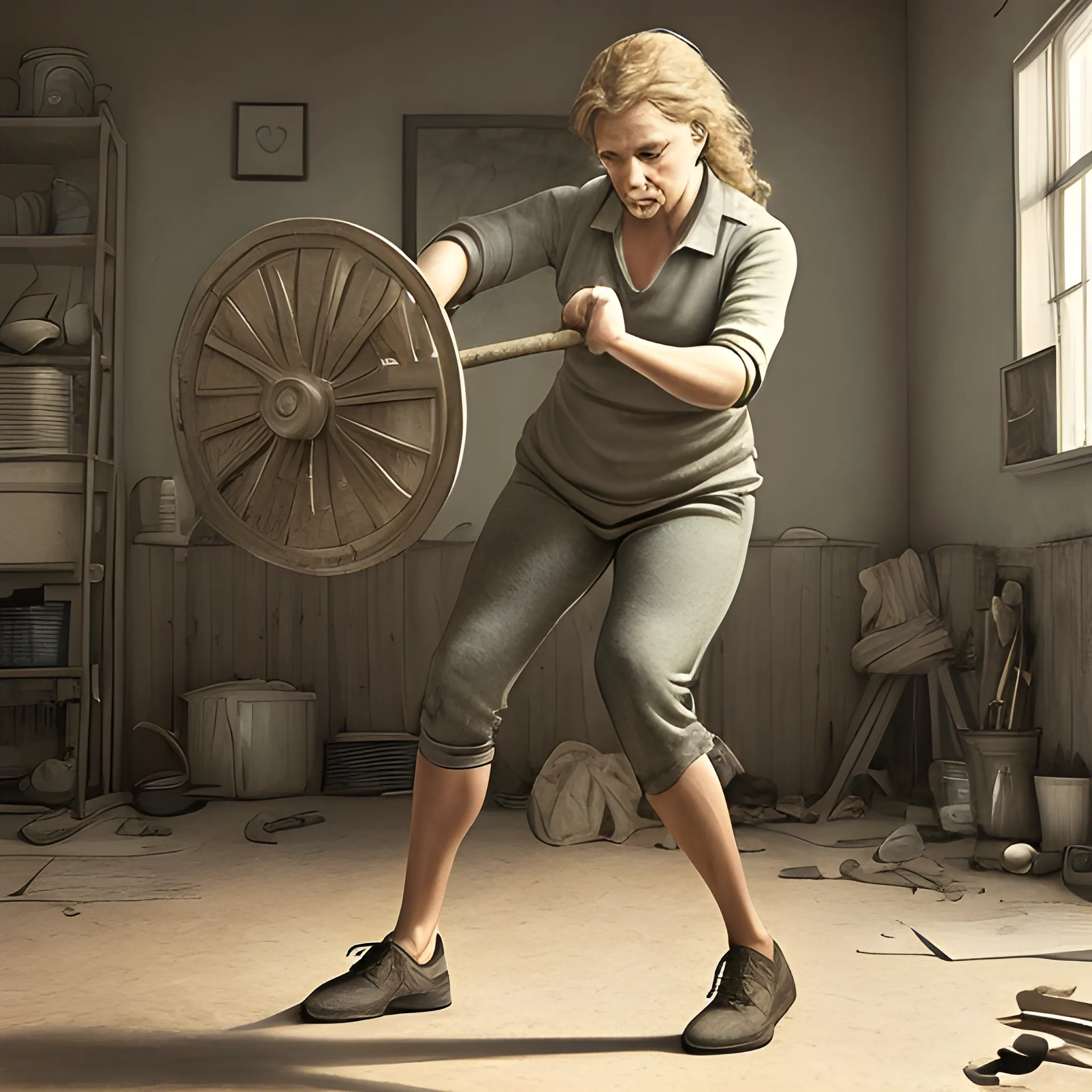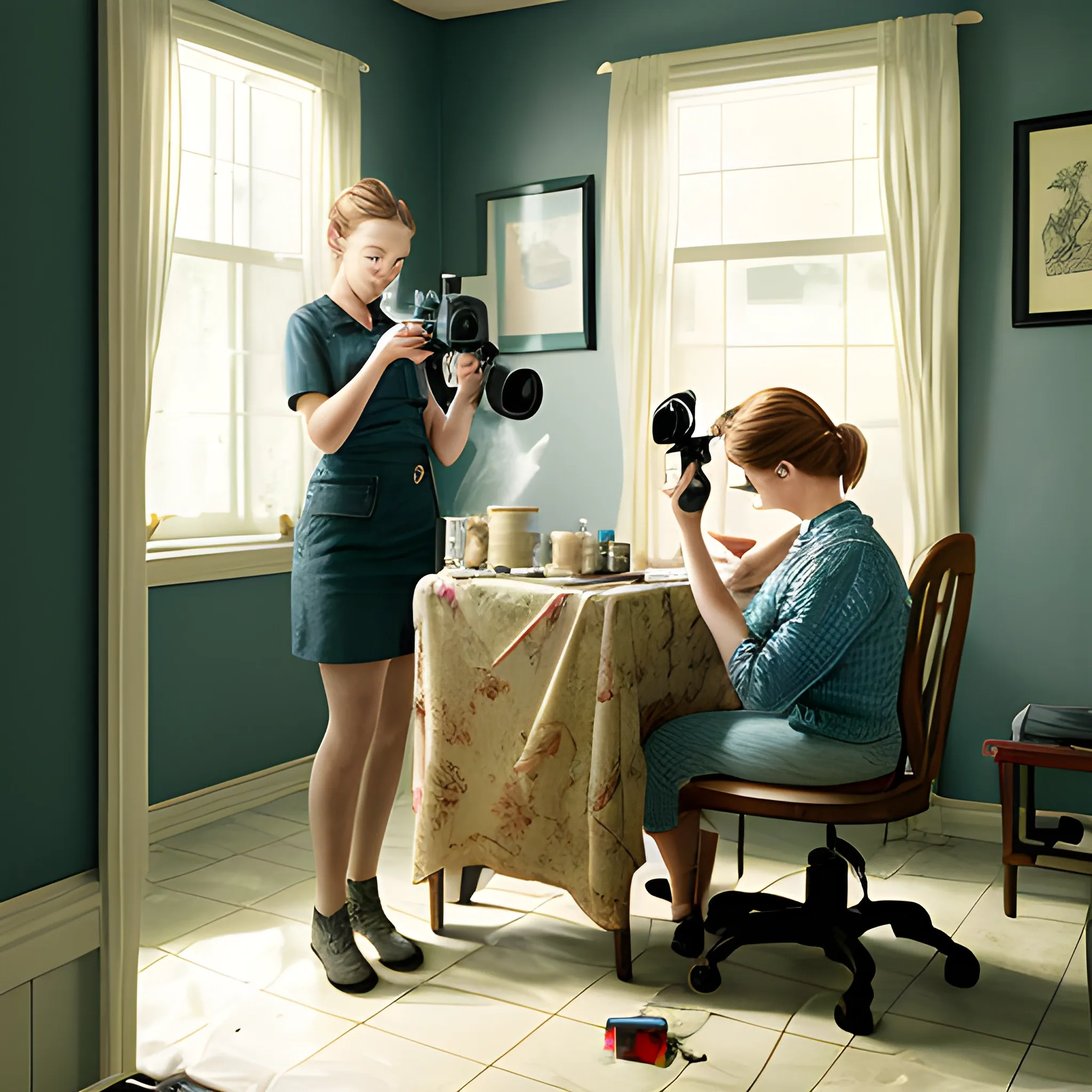Search Results for daily life
Explore AI generated designs, images, art and prompts by top community artists and designers.
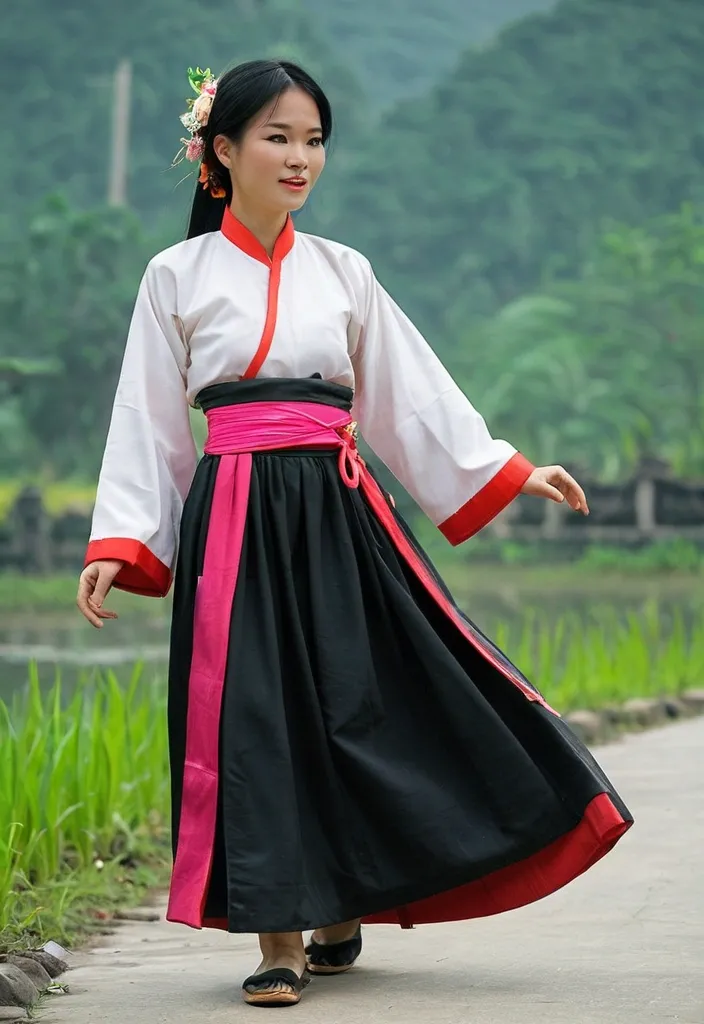
four-panel dress , is a traditional Vietnamese garment , particularly associated with the northern region. It's a flowing , tunic-like dress typically worn with a long skirt , an ancient bodice called yếm , and a sash. While no longer a common sight in daily life , it remains an important part of festivals and cultural events , especially in Northern Vietnam. Key Features and Components: Four Panels: The name "Áo Tứ Thân" literally translates to "four-paneled shirt , " referring to the two front and two back panels that make up the dress's tunic. Tunic: The tunic is typically made from plain , dark fabric (historically , for practicality) , but can also be found in brighter colors for special occasions. Skirt: A long skirt , often black , is worn underneath the tunic. Yếm: The yếm is a traditional bodice , often white or bright pink , worn as an undergarment. Sash: A silk sash is tied around the waist , over the tunic , and dangles down like ribbons. Cultural Significance: Northern Vietnam: The Áo Tứ Thân is most closely associated with the northern region of Vietnam , where it is still seen in festivals and traditional ceremonies. Rural Areas: It's more commonly worn in rural areas than in urban centers , where the simpler Áo Bà Ba is more prevalent. Special Occasions: The Áo Tứ Thân is often worn during festivals like the Lim Festival , which celebrates traditional folk songs. ,
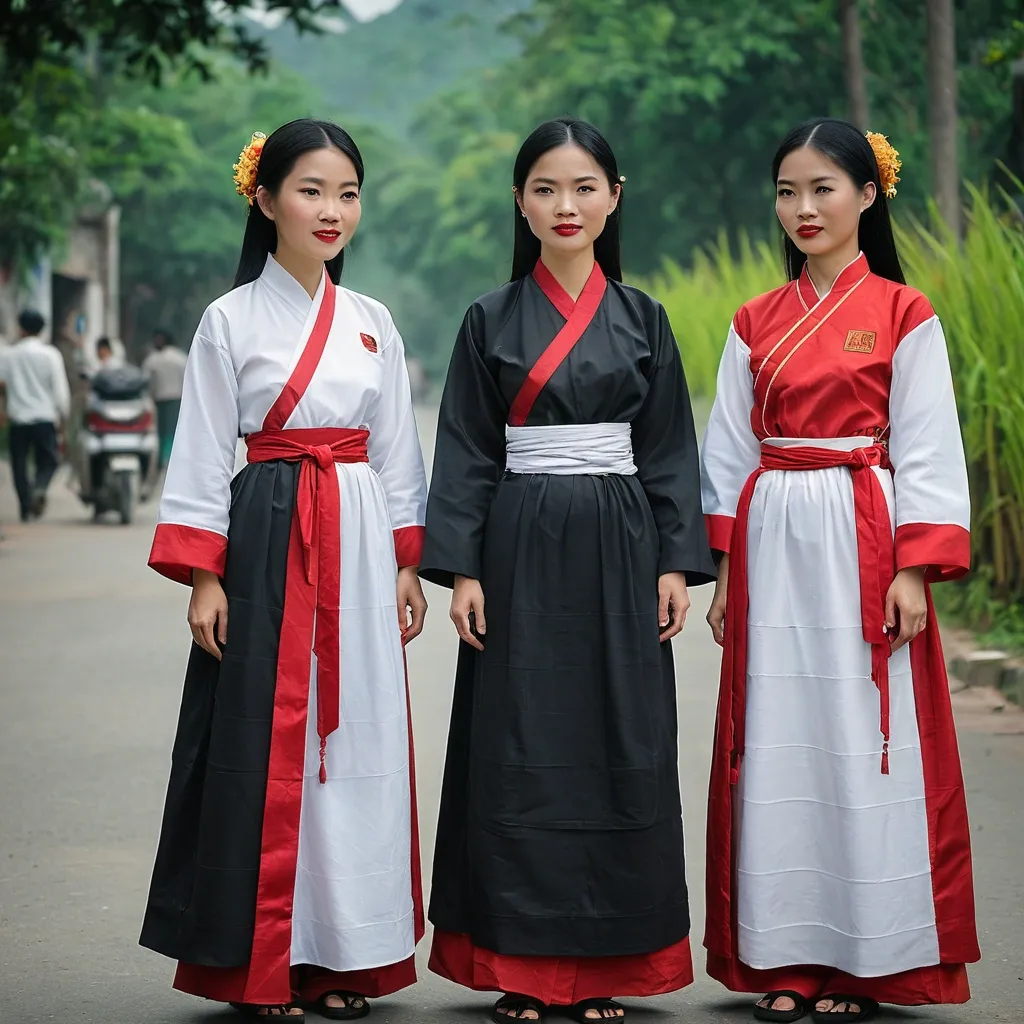
four-panel dress , is a traditional Vietnamese garment , particularly associated with the northern region. It's a flowing , tunic-like dress typically worn with a long skirt , an ancient bodice called yếm , and a sash. While no longer a common sight in daily life , it remains an important part of festivals and cultural events , especially in Northern Vietnam. Key Features and Components: Four Panels: The name "Áo Tứ Thân" literally translates to "four-paneled shirt , " referring to the two front and two back panels that make up the dress's tunic. Tunic: The tunic is typically made from plain , dark fabric (historically , for practicality) , but can also be found in brighter colors for special occasions. Skirt: A long skirt , often black , is worn underneath the tunic. Yếm: The yếm is a traditional bodice , often white or bright pink , worn as an undergarment. Sash: A silk sash is tied around the waist , over the tunic , and dangles down like ribbons. Cultural Significance: Northern Vietnam: The Áo Tứ Thân is most closely associated with the northern region of Vietnam , where it is still seen in festivals and traditional ceremonies. Rural Areas: It's more commonly worn in rural areas than in urban centers , where the simpler Áo Bà Ba is more prevalent. Special Occasions: The Áo Tứ Thân is often worn during festivals like the Lim Festival , which celebrates traditional folk songs. ,
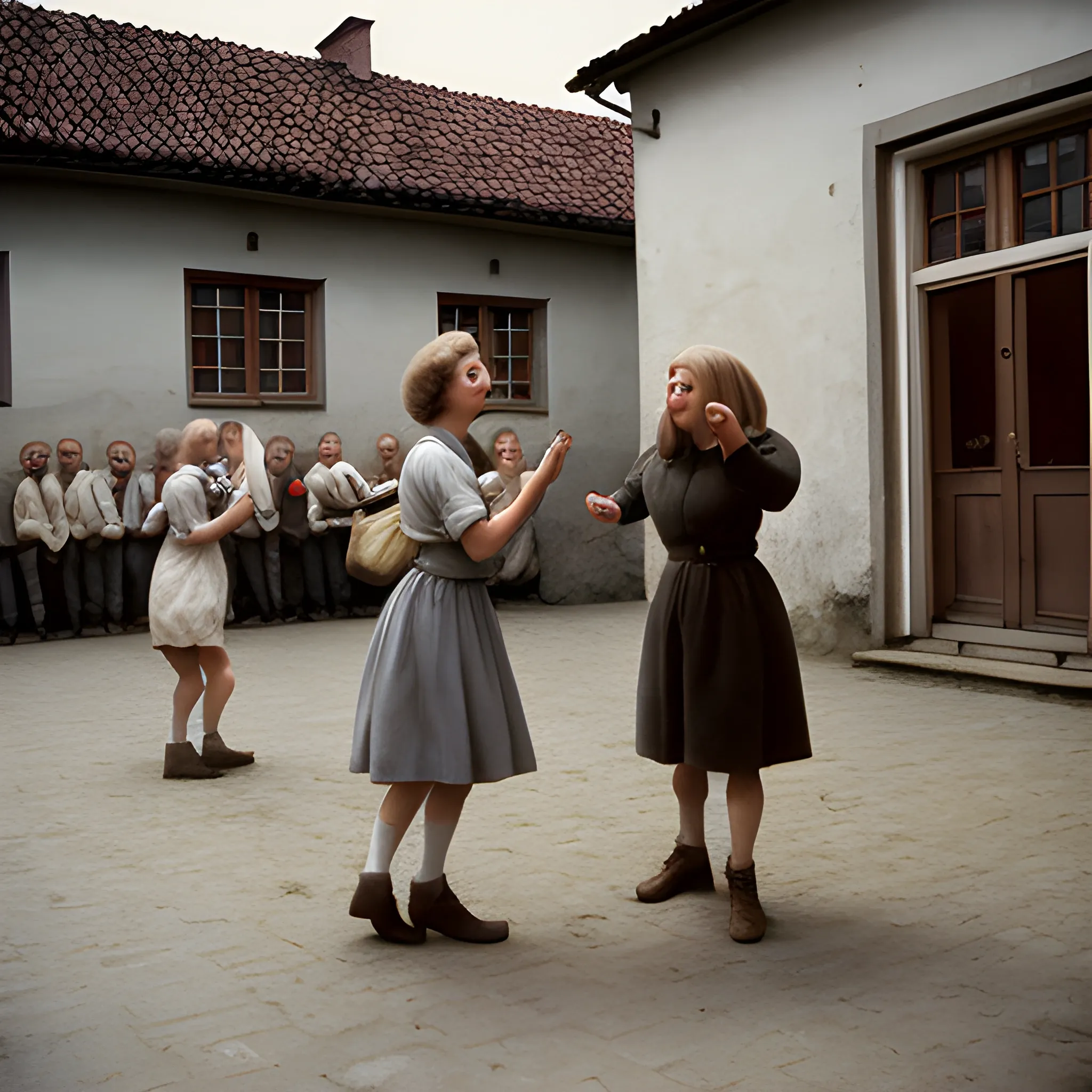
Polish people , dancing around potatoes , grey communal block , film photography , 1981 , a pet goat is in the foreground , summer , courtyard , bags of potatoes , film grain , Poland , communism , historic , silly , parody , 1980s clothing , Polish , daily life , natural light , candid , highly detailed , happy people , Nowa Huta , accurate faces , textured fur , SLR , amazing quality , ,
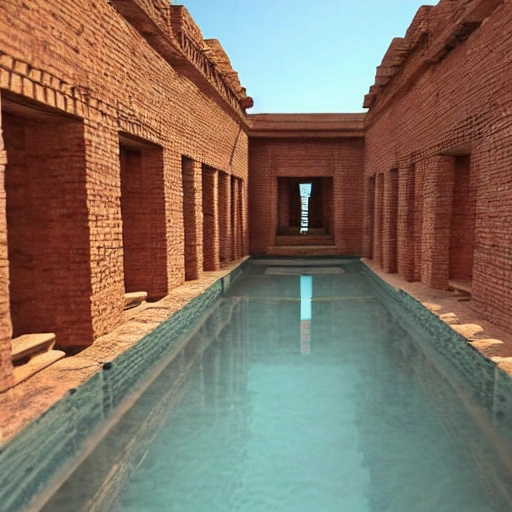
Hyper realistic 4D model , Unreal Engine , Eye level view of a Harappan Bath , a type of public bath that was commonly found in the ancient Indus Valley Civilization. The bath is made of brick and has a large rectangular pool filled with warm water. Steps lead down into the pool , and there are small changing rooms around the sides. Water is channeled into the bath from a nearby source and drains out through an elaborate system of brick channels. The walls are adorned with intricate carvings and paintings depicting scenes of daily life. ,
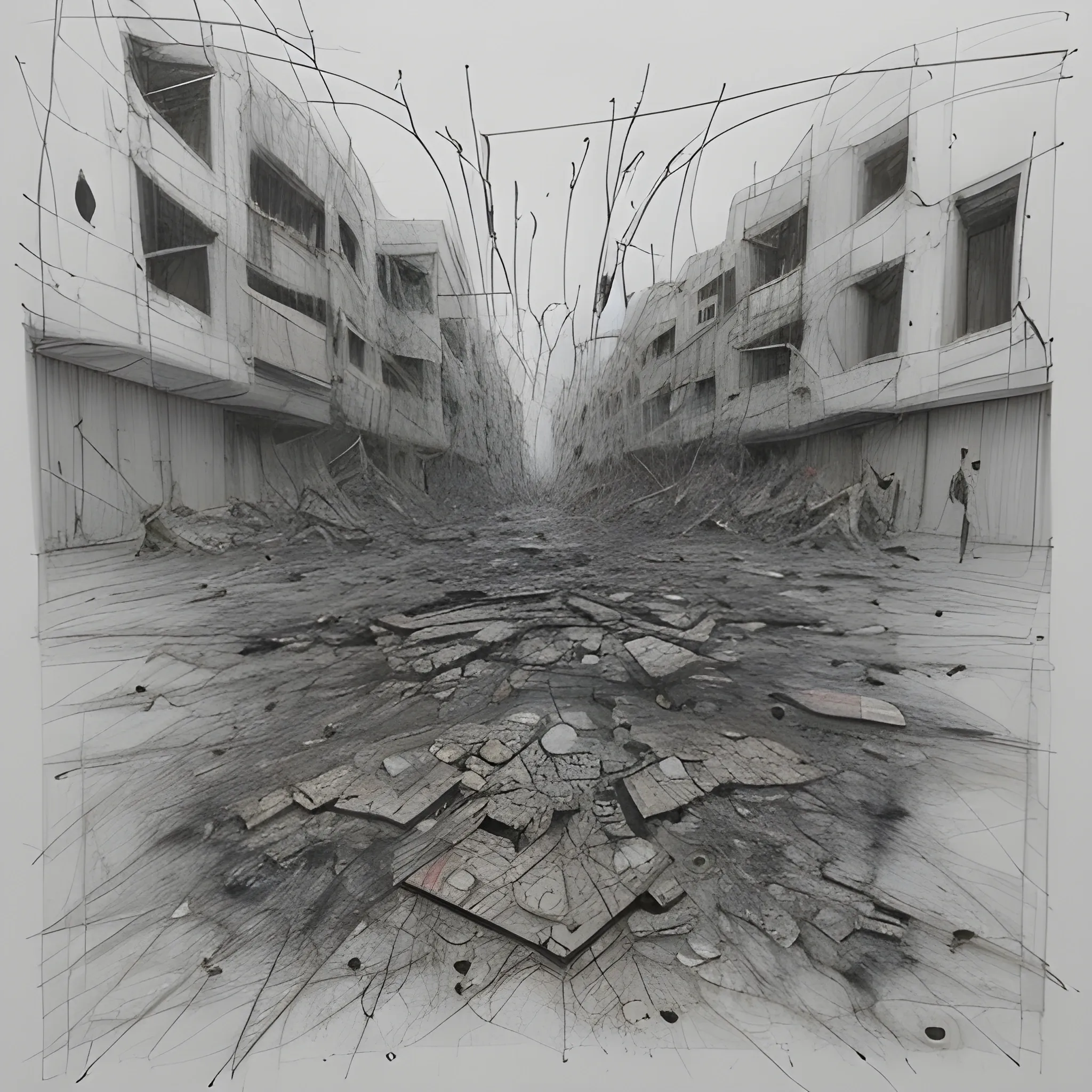
Create an abstract piece that interprets the terrorist attack on Tarata Street in 1992. Use contrasting colors to reflect the duality between life and tragedy. Incorporate fragmented shapes that suggest destruction and rupture , while softer , organic elements represent hope and the resilience of the community. Experiment with textures that evoke chaos and restoration , and consider subtly including symbols that connect with collective memory. The artwork should invite reflection on the impact of terrorism on daily life and the capacity to heal and rebuild. , Pencil Sketch ,

"Create an image of a European city in photographic quality and with all kinds of well-defined details to be used in high-quality digital prints. Please make sure that the images are in HD 8K quality to guarantee the best possible print quality Please include panoramic views of the most emblematic buildings and monuments of each city , as well as closer details of the daily life of the city , such as its markets , cafeterias and busy streets.Please make sure that the images are sharp enough to to be printed in large formats without losing clarity or definition. Thank you for your help in this creative project." ,




